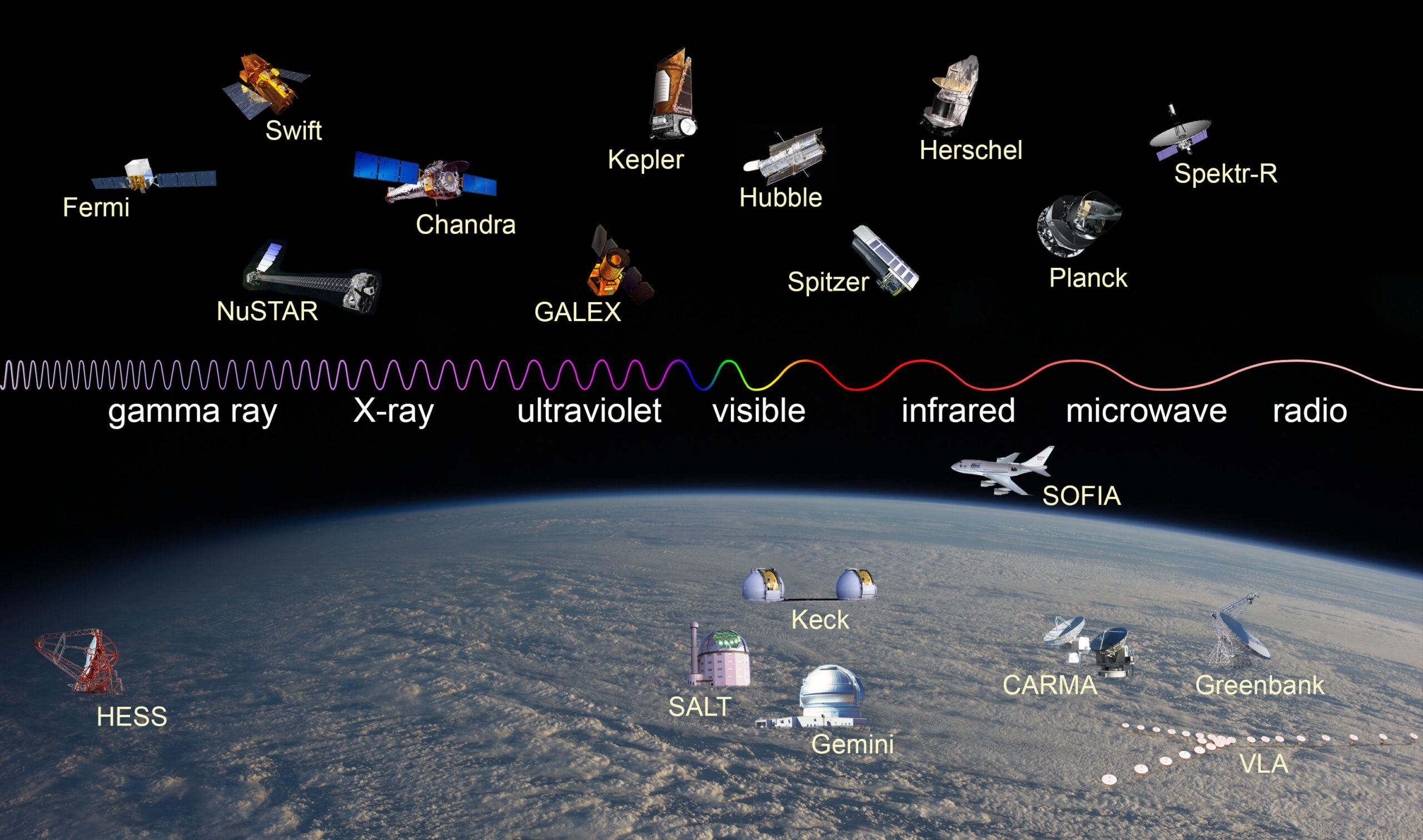Ground-Based Observatories
Ground-based observatories are telescopes that are located on the Earth’s surface. These telescopes use mirrors or lenses to collect and focus light from celestial objects. Ground-based observatories are typically located in remote areas, away from light pollution and other sources of interference.
Radio Telescopes
Radio telescopes are a type of ground-based observatory that collects radio waves emitted by celestial objects. These telescopes can detect a wide range of objects, including stars, galaxies, and quasars. Radio telescopes are often used to study the early universe, as well as the behavior of black holes and other exotic objects.
Space-Based Telescopes
Space-based telescopes are telescopes that are located outside of the Earth’s atmosphere. These telescopes are not affected by atmospheric interference, allowing for clearer images of celestial objects. Some of the most well-known space-based telescopes include the Hubble Space Telescope and the Chandra X-ray Observatory.
Satellites
Satellites are spacecraft that are designed to orbit the Earth or other celestial objects. Satellites can be used for a variety of purposes, including communication, navigation, and scientific research. Some satellites, such as the Kepler Space Telescope, are specifically designed to search for exoplanets.
Advances in Technology
Advances in technology have enabled us to study the universe in ways that were once unimaginable. The development of new materials, such as lightweight alloys and advanced composites, has made it possible to launch larger and more sophisticated telescopes into space. Advances in computing and data analysis have also made it possible to process and analyze vast amounts of data collected by telescopes and satellites.
Conclusion
The study of the universe has come a long way since the invention of the telescope. Today, we use a variety of tools and techniques, from ground-based observatories to space-based satellites, to explore and understand the cosmos. Advances in technology have enabled us to study the universe in ways that were once unimaginable, and we continue to push the boundaries of what we can observe and understand. As we continue to explore and study the universe, we will undoubtedly develop new tools and techniques that will help us unlock even more secrets of the cosmos.



